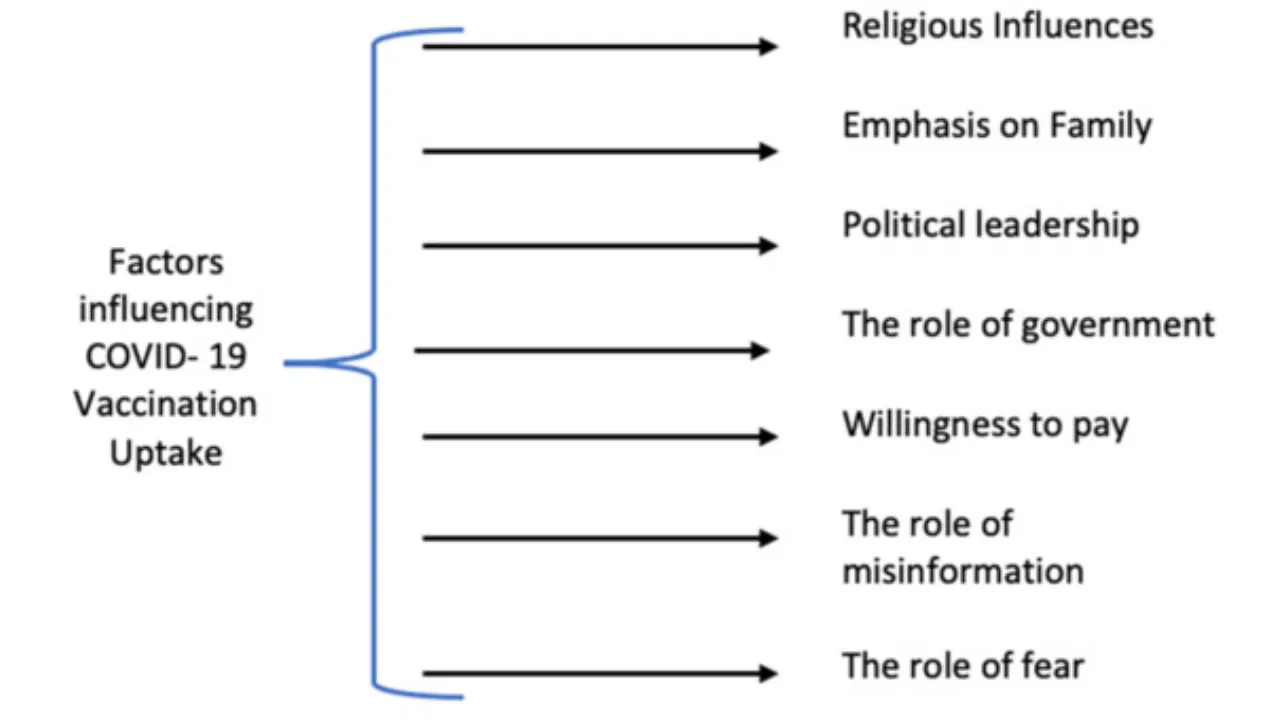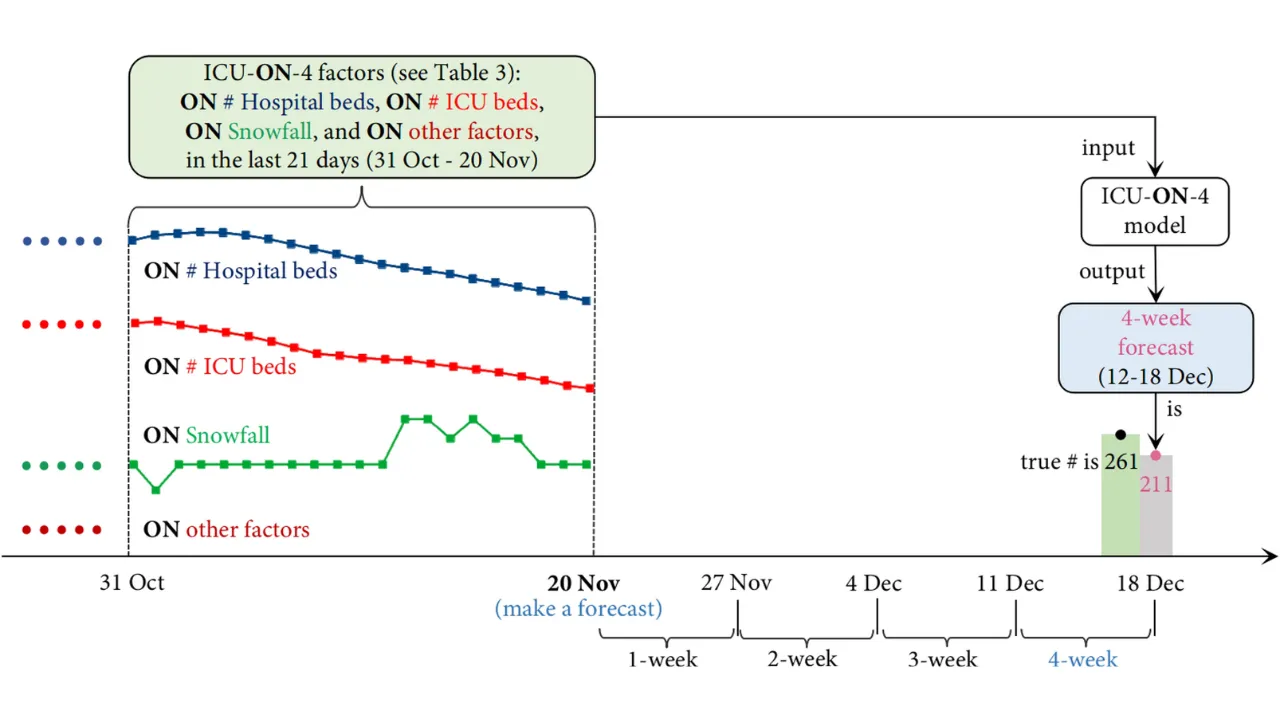Power of Compounding: What if your monthly savings could quietly build a fortune for you over time, without demanding dramatic moves or financial wizardry? Welcome to the world of SIPs and the unmatched power of compounding.
While financial freedom is a goal for many, few truly understand how consistent small investments can evolve into substantial wealth. In a country where saving is valued but investing is still a growing habit, Systematic Investment Plans (SIPs) are transforming how Indians—especially working women—take control of their financial futures.
Let’s explore how SIPs grow your wealth over time, and why understanding compounding could be the most valuable financial lesson you’ll ever learn.
Overview Table: How SIPs Grow Your Wealth Over Time
| Key Concept | Details |
| Investment Method | Systematic Investment Plan (SIP) – monthly or quarterly mutual fund investment |
| Starting Investment | As low as ₹500 per month |
| Key Benefit | Compound growth and rupee cost averaging |
| Ideal for | Long-term wealth creation and goal-based financial planning |
| Step-Up SIP Advantage | Adjust SIP amount yearly with income growth for higher returns |
| Wealth Estimate (25 yrs) | ₹1.48 Cr (₹10K/month SIP at 12%) or ₹2.1 Cr (Step-Up SIP at 10% salary hike) |
| Top Strategy | Diversified mutual fund portfolio (large-cap, mid-cap, small-cap, international) |
| Exit Plan | Gradual withdrawal via SWP 2–3 years before retirement |
How SIPs Grow Your Wealth Over Time
The real magic of SIPs lies in their ability to harness compound growth—earning returns not just on your original investment, but also on the returns that investment has already earned. When done consistently, this creates a snowball effect where small contributions multiply into large outcomes over time.
Let’s take a simple example: If you invest ₹10,000 monthly for 25 years at an average return of 12%, your total contribution of ₹30 lakhs could grow to approximately ₹1.48 crore. Now, if you increase that SIP annually by 10% in line with a salary raise, the final amount rises to an impressive ₹2.1 crore. That’s the silent yet powerful effect of time, patience, and compounding.
Building Wealth Like a Wardrobe: Balanced Fund Selection
Just as every wardrobe needs staples, statement pieces, and accessories, your mutual fund portfolio should also be well-balanced.
Here’s a practical way to allocate your SIP investments:
- Large-Cap Funds (40%): The “little black dress” of your portfolio—reliable and stable. These funds invest in well-established companies.
- Mid-Cap Funds (30%): Like statement pieces, these funds bring in moderate risk and high growth potential.
- Small-Cap Funds (20%): Trendy and bold, these funds can offer big returns but also come with higher volatility.
- International Funds (10%): Exposure to global markets, much like adding a travel-inspired element to your financial style.
According to Crisil’s research, portfolios led by women using this diversified distribution outperformed market benchmarks by 3.2% annually.
SIP During Market Cycles: Smart Shopping Strategy
Think of SIPs like shopping during sale season. When markets are down, you get to buy more mutual fund units for the same price, just like buying more clothes on discount.
Data from the Association of Mutual Funds in India (AMFI) showed that during the 2020 market crash, SIP investors accumulated 30% more units than lump sum investors. This rupee cost averaging is a core reason why SIPs are safer and smarter for the average investor.
Step-Up SIPs: Match Investment Growth with Career Growth
In today’s fast-paced careers, your income grows—so should your SIP. A Step-Up SIP increases your monthly contribution in line with your annual salary raise.
For instance:
- A fixed SIP of ₹10,000 at 12% return for 25 years = ₹1.48 crore
- A Step-Up SIP with 10% annual increase = ₹2.1 crore
This small tweak can supercharge your returns and keep your investments aligned with your lifestyle.
Reviewing Your Portfolio: Annual Adjustments Matter
Your financial plan isn’t “set it and forget it.” Just like you refresh your wardrobe every season, your portfolio needs regular rebalancing.
Let’s say your large-cap allocation grows from 40% to 50% due to market movement—trim it back to maintain your original asset mix. This ensures you’re not unknowingly overexposed to any one category, and it helps reduce long-term risk.
Planning a Smart Exit: SWP Over Lump Sum
Investing is only half the story; exiting wisely is equally important. Don’t wait until retirement to think about withdrawals. Experts recommend starting 2–3 years in advance with a Systematic Withdrawal Plan (SWP).
Instead of withdrawing everything at once (which can hurt in a down market), SWPs offer monthly income while your investments continue to earn returns. According to ICICI Securities, this strategy can retain 15% more wealth over lump sum exits.
Emotional Discipline: The Silent Superpower
Much like avoiding impulsive shopping, successful investing depends on self-control. A 2024 Fidelity study revealed that women investors often:
- Maintain 35% lower portfolio turnover
- Stick better to long-term strategies
- Continue investing during market dips
This emotional discipline results in consistently better returns over time. Staying calm during market volatility and sticking to your SIP, even when headlines look grim, is the key to true wealth creation.
Start Today, Build Forever
Using SIPs, you’re not just saving money—you’re building a financial legacy. One that grows quietly, month by month, in the background of your life.
With tools like SIP calculators, mobile apps, and tailored portfolio strategies, starting is easier than ever. Whether you’re earning your first salary or nearing retirement, there’s a SIP plan that aligns with your journey.
Final Thought
Understanding how SIPs grow your wealth over time is more than a financial lesson—it’s a mindset shift. It’s about consistency, patience, and belief in the power of small steps.
So take that step today. Start your first SIP, stay committed, and let time do the rest. As your investments grow, so does your peace of mind—and your future self will thank you.














